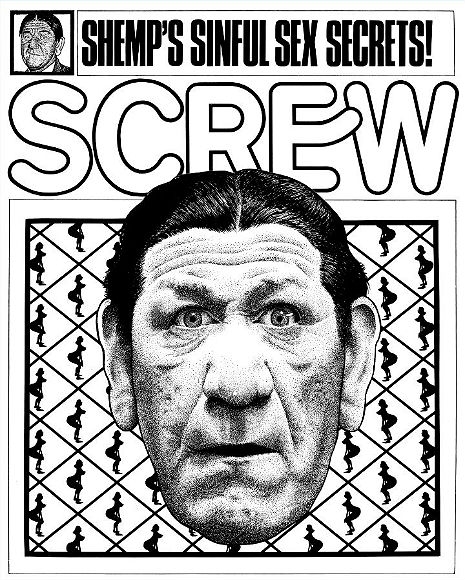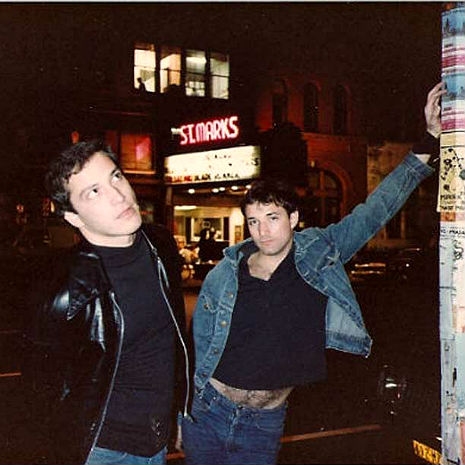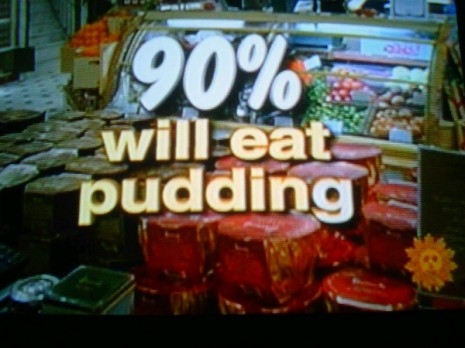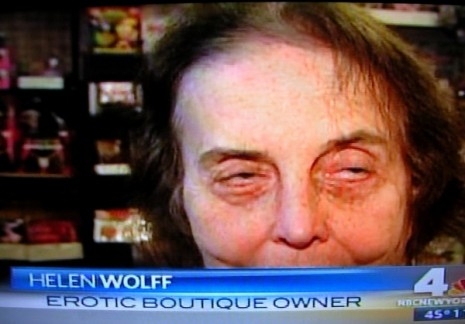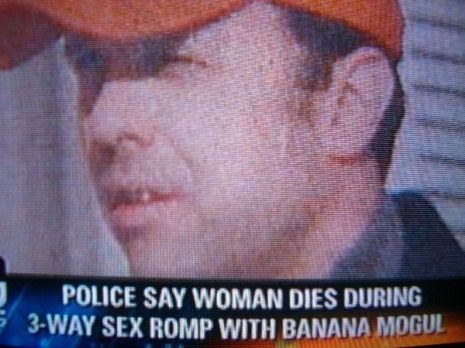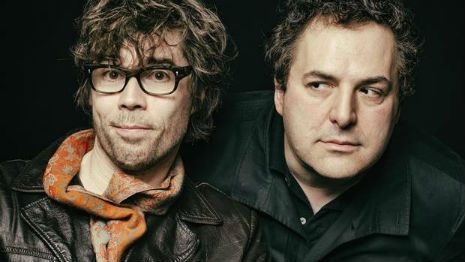
Jon Wurster and Tom Scharpling, collectively Scharpling & Wurster
This is a guest post from New York-based writer Mike Sacks. Mike’s latest book is Poking a Dead Frog: Conversations with Todays Top Comedy Writers from Viking Penguin.
The long-form radio comedy and music program The Best Show ran on Jersey City, New Jersey’s WFMU from 2000 to 2013. This past year, The Best Show segued into the podcast-only realm, where it streams live every Tuesday night at 9:00 PM EST at thebestshow.net. Past radio shows, dating back to 2000, can be found at https://wfmu.org/playlists/BS.
In May, the Chicago-based label Numero released a glorious boxed set containing 75 incredibly nuanced radio comedic bits from The Best Show (spread over 16 CDs) between Tom Scharpling and Jon Wurster that should be a primer for anyone interested in comedy. Fifty of these bits are previously unreleased or unaired.
For those not familiar, a typical episode of The Best Show consists of music culled by Tom, call-ins from listeners, some of whom are regulars, and phone conversations between comedy-writer Tom and comedian and professional drummer Jon Wurster. Over the years, the pair have created a virtual, three-dimensional world out of a proud, imaginary town called Newbridge, New Jersey. It’s Lake Wobegon without the nose whistling.
The boxed set, called The Best of the Best Show, contains a 108-page hardcover book, featuring essays by comedians Patton Oswalt and Julie Klausner, and a 22-page interview with Tom and Jon conducted by Jake Fogelnest.
Beyond even that, there are temporary tattoos, postcards, and four hours of bonus material, including the classic bit “The Bruce Willis Saga.” This boxed set will keep you occupied this summer—and beyond. I’ve been listening non-stop for the past few weeks. It has the comedic density of an imploded star. It’s the most impressive comedy album/CD/USB drive I’ve ever heard. The consistency and variety are amazing.
The Best Show is comedy in its purest form. It’s not possible that this show could be improved upon in a different format, whether it be television, movies or print. Or whether the show included a team of writers or a cast or performers. Long-form radio is the perfect medium for The Best Show, and if it has taken mainstream audiences awhile to find it (years after the comedy intelligentsia fell in love), then so be it.
I spoke with Tom one Friday afternoon at a noisy bar in the World Trade Center area about the new boxed set, the recent death of his father, and many other subjects. Much thanks must go out to my friend Michal Addady for her helpful assistance.
You’re now working as a writer on the new HBO show Divorce which will air this fall. Who else is in the writing room?
[Irish writer and director] Sharon Horgan [Pulling, Catastrophe] created the show, and she’s running it with Paul Simms. Sharon is incredibly funny and Paul’s never worked on a bad show. He’s written for Flight of the Conchords, Late Night with David Letterman, The Larry Sanders Show, NewsRadio. He runs a great room.
Another writer is Adam Resnick [Late Night with David Letterman, Get a Life, Cabin Boy].
I’m a huge fan of Adam’s work. It’s been great to see the recent uptick in interest and appreciation for Get a Life and Cabin Boy. It’s well deserved.
It’s funny. It’s almost had to reach the lowest possible level for Get a Life and Cabin Boy to bounce back to where they’ve always belonged. I have a lot of theories on why and how everything bad happened with Get a Life and Cabin Boy. People like to think they’re smarter than dumb Hollywood products, and these two got misinterpreted as being dumb comedies. Audiences wanted to be like, “How dare you push dumb things on us!” The difference is that Cabin Boy knows what it is. It’s not just a crass movie by Pauly Shore that’s trying to convince you that it’s smart but it’s also dumb. No, this was a smart movie made by smart people who were fascinated with the parameters of—who were so deep into comedy . . .
I sometimes wonder if one can be too deep into comedy when making a show or a movie intended to be a financial and popular success.
I don’t know. I think Get a Life and Cabin Boy have been vindicated.
It took a long time.
Sometimes it takes a long time, Mike. Sometimes you start doing a radio show when Bill Clinton is president and then you start finally getting attention when Obama is about to stop being president.
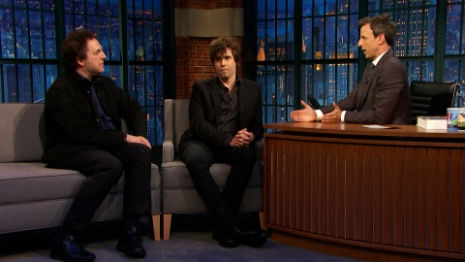
Well, let’s talk about your show and the attention it’s recently been receiving. And national attention. I saw your and Jon’s appearance on Late Night with Seth Meyers [on May 15, 2015] to promote The Best of the Best Show. That must have been fun.
I don’t know if it was fun. I mean, that’s not fun, it’s terrifying.
It’s a strange thing to be on a show like that. It’s a fake conversation in a way. You’re taking a thing and you’re reducing it to two sentences. Our show is not an easy thing to talk about. It doesn’t necessarily translate that quickly, but we tried. It was great and Seth was great. I was excited about the whole thing. But I was also feeling like, This is not natural.
I recently attended my first-ever broadcast of a late-night show, in this case Letterman’s. It was fascinating to watch the behind-the-scenes machinations. It’s anything but natural. At one point, Reese Witherspoon, who was promoting her new movie, Hot Pursuit, showed a clip from the movie. I kept watching Reese, off camera, who was staring ahead, stony-faced. No expression. And it was only when she knew the cameras were about to go live again that she lit up and started laughing, as if she found the clip hilarious and hadn’t already seen it a hundred times.
It’s presentation. It’s just all a giant illusion, right? All of it.
Not your show.
Sure it is. It’s all presentational.
It’s presentational, but it’s not an illusion.
No, it’s replicating a call-in show, in a way.
It is a call-in show.
Yeah, but it’s also a version of a call-in show. I mean, do I care about the answers to the topics half the time? Not necessarily.
But you do obviously care greatly about the details. I’ve also been lucky enough to attend a live taping of your show. I remember that you were in the middle of a bit with Jon—who was in character at the time—and, as part of the bit, he told you to climb beneath your desk. Instead of pretending to do so, you actually got beneath your desk and asked, “Okay, now what?”
Well, I wanted it to sound good. To get that sound across, that’s what that was all about. I didn’t need to do it for performance sake, but I wanted it to sound like I was actually under the table.
That sense of detail is what makes your new boxed set so amazing. It’s an entire, very believable world you’ve created. It’s like a comedic version of Westeros or Narnia. There’s everything in this town: factories, mountains, lakes, even a jungle. Scores of characters, many of whom are related. I’m almost surprised there aren’t Newbridge Larpers.
As a performer, Jon is fully formed. He’s as talented as it gets. He’s working on two different levels: he’s one of the best drummers going [for Superchunk, Mountain Goats, Bob Mould and others], but that’s just one half of who he is. The other half is that he’s one of the best comedians going. This never happens.
Ringo did okay.
Jon’s funnier than Ringo. And a better drummer.
Continues after the jump…







